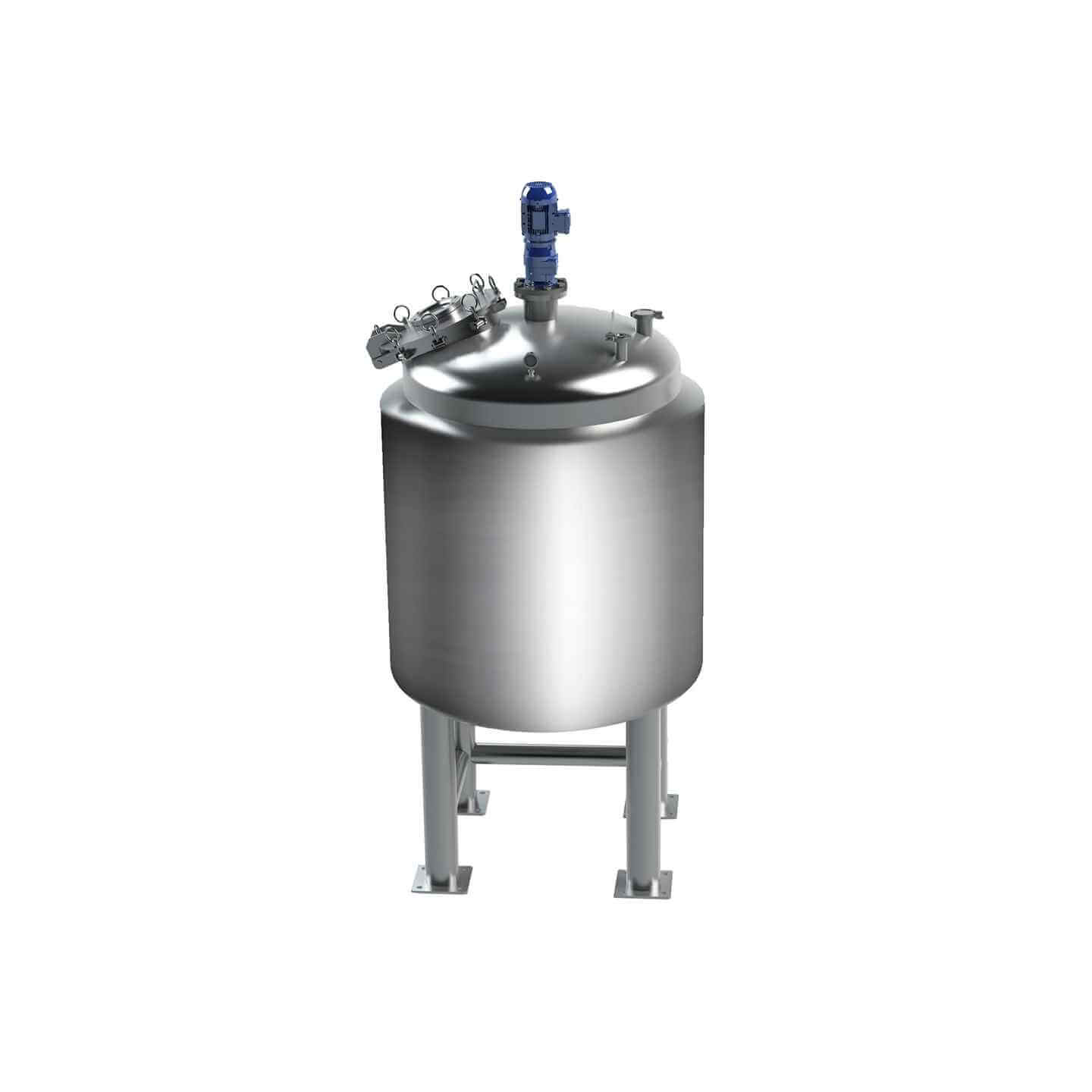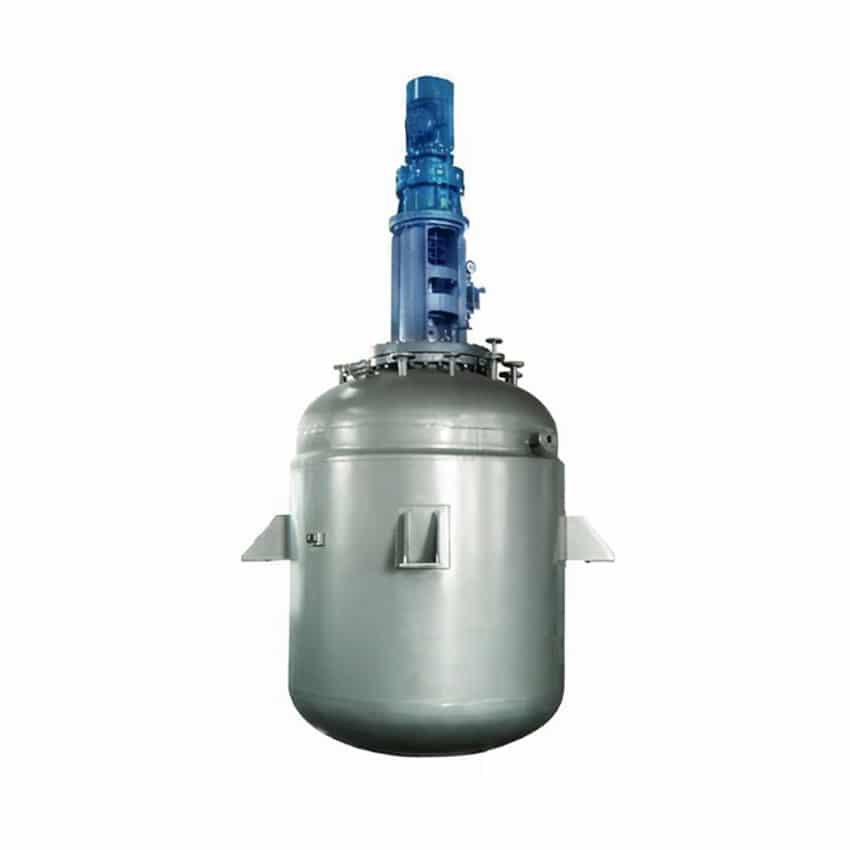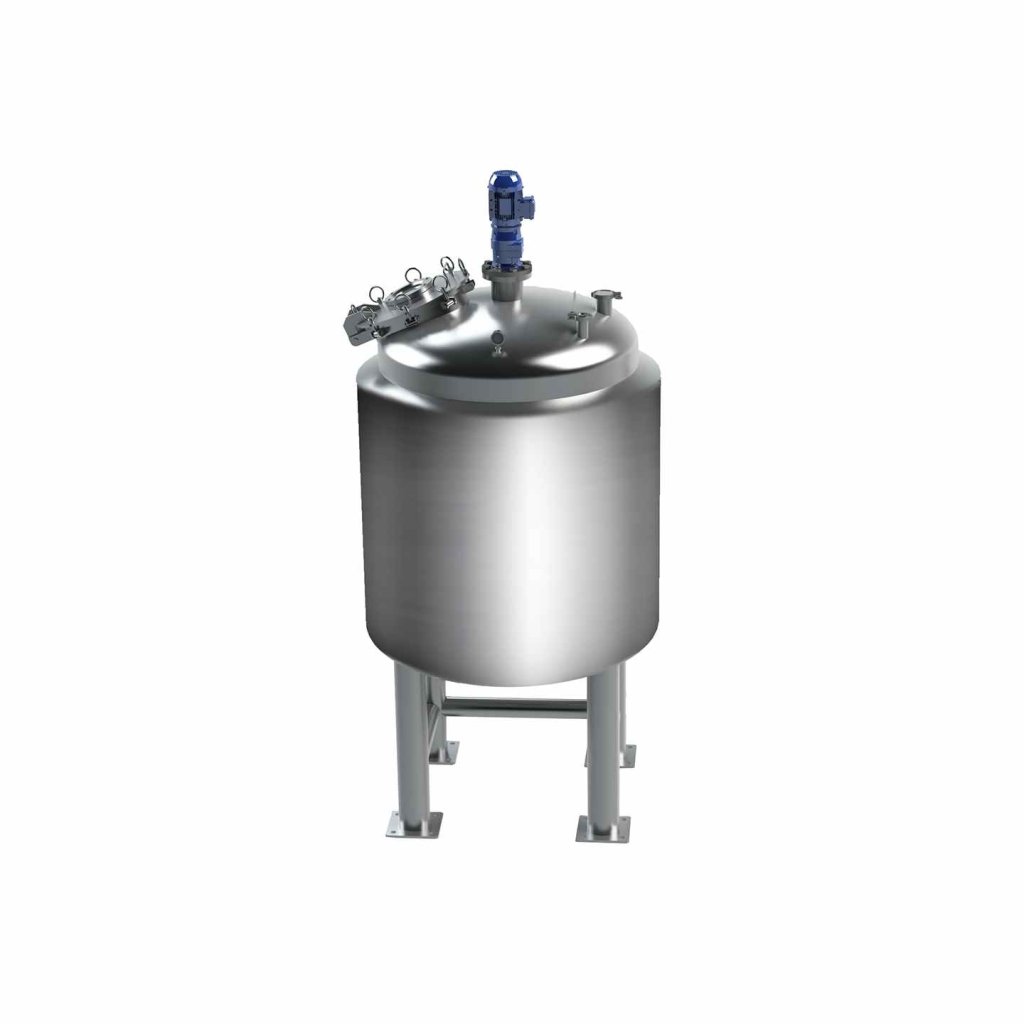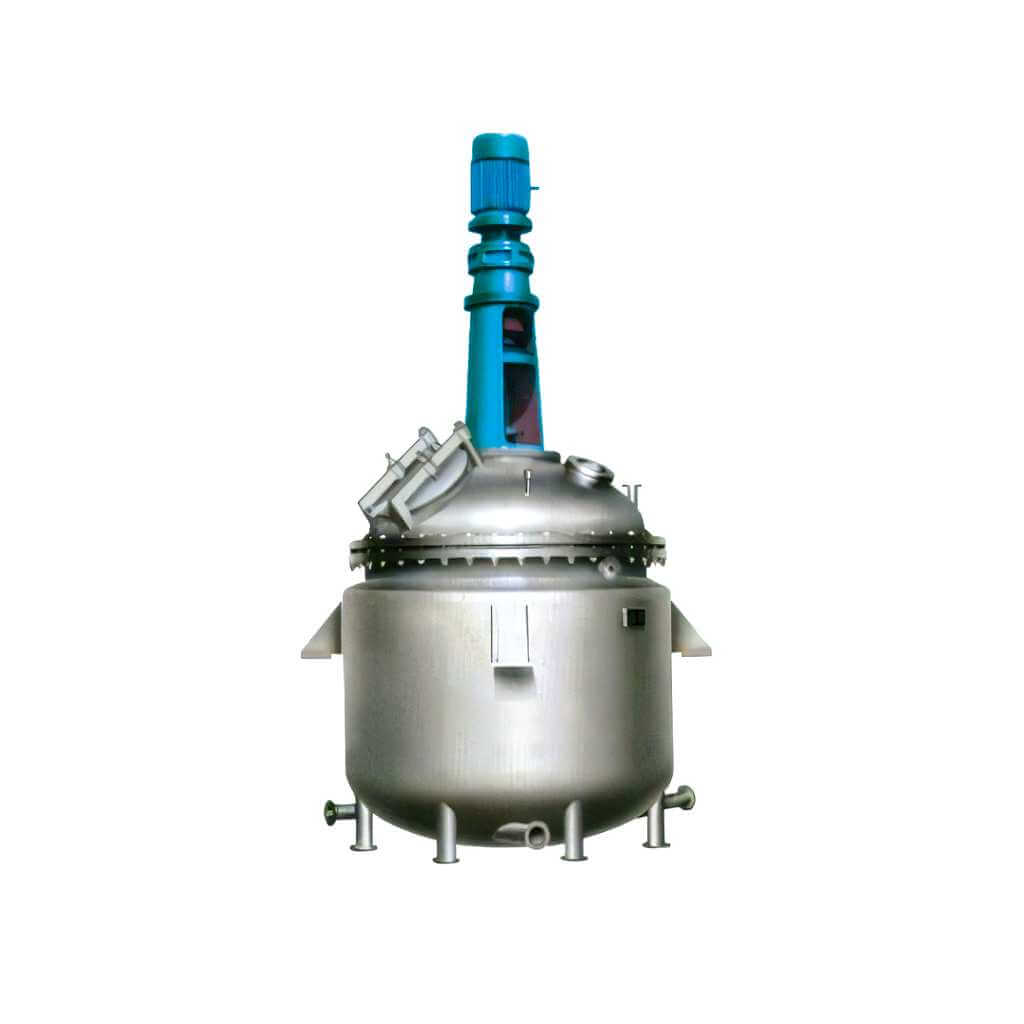

Jacketed Reactor
Jacketed reactor: used in the chemical industry, pharmaceutical industry and food industry, and other fields
Material
glass, stainless steel (316, 304), carbon steel, others
Capacity (L)
10-10000+
Mixing system
anchor, paddle, frame and others
Heating system
electric heating, oil heating and others
Jacketed reactors can be divided into steam heating reactors and heat transfer oil heating reactors according to different heating media, both of which are widely used in medicine, the chemical industry, plastics, rubber, building materials, food, and other industries. Corrosion, no environmental pollution, no need for automatic boiler heating, ease to use, and so on.
Request a quoteThe steam jacketed reactor is a widely used chemical experimental equipment with strong applicability and flexibility. The working process of the steam jacketed reactor is to inject water vapor into its jacket and introduce the heat energy of the water vapor into the kettle so that the raw materials in the kettle absorb heat to achieve the reaction. The steam jacketed reactor uses steam heating as a heat source for heat exchange. It has process advantages such as high-temperature control accuracy, efficient heating and cooling, and the ability to perform high-pressure reactions.

Working principle of steam jacketed reactor
The steam jacketed reactor is mainly composed of a kettle body, a steam jacket, a stirrer, a heater, a cooler, and a bottom discharge valve. Its working principle is to heat or cool the liquid in the steam jacketed reactor by injecting high-temperature and high-pressure steam or low-temperature and low-pressure cold water into the jacket. At the same time, the reactants are mixed with a stirrer to promote the reaction. During the entire process, the pressure and temperature in the steam jacketed reactor can be accurately controlled to ensure the efficiency and quality of the reaction.
The steam jacketed reactor can decompose some insoluble substances and can be used for sample pretreatment in atomic absorption spectroscopy and plasma emission analyses. It can also be used to carry out synthesis reactions with small doses of reactants. The strong acid or alkali and high temperature and high pressure sealed environment in the tank can also be used to achieve the purpose of quickly digesting insoluble substances. It is widely used in scientific research and experiments in the fields of new materials, energy, environmental engineering, and other fields. It is a commonly used small reaction equipment for scientific research in university teaching, scientific research units, and chemical laboratories.
Process advantages of steam jacketed reactor
1. Fast heating speed: Using steam as the heating medium, the materials in the steam jacketed reactor can be quickly heated to the set temperature, greatly shortening the reaction time;
2. High-temperature control accuracy: the temperature of the reaction system can be accurately controlled to ensure the efficiency and quality of the reaction;
3. Uniform heating: The heat transfer tube is used to transport the steam evenly into the jacket for heating. The temperature distribution of the materials in the steam jacket reactor is even and the reaction effect is better;
4. Easy and safe operation: Since the steam jacketed reactor adopts a closed design, it is not easy to leak or volatilize harmful substances during operation, making it safer and more reliable;
5. Strong controllability: The temperature can be controlled by controlling steam pressure, jacket flow, and other parameters to meet the needs of the steam jacketed reactor for different reactions;
6. Efficient heating and cooling: It has the ability to quickly heat up and cool down, which can effectively increase the reaction rate and shorten the reaction time;
7. Safe and reliable: Equipped with a variety of safety devices, such as pressure gauges, safety valves, temperature sensors, etc., to ensure the safety and reliability of the reaction process;
8. Capable of high-pressure reactions: The steam jacketed reactor can withstand high internal pressure and is suitable for a variety of high-pressure reaction systems.

Operation steps of steam jacketed reactor
1. Before adding materials, the agitator of the steam jacketed reactor should be turned on. When there is no noise and it is normal, add the materials into the steam jacketed reactor. The amount of materials added should not exceed the process requirements;
2. Before opening the steam valve, open the return valve first and then the intake valve. The steam valve should be opened slowly to preheat the jacket and gradually increase the pressure. The pressure inside the jacket should not exceed the specified value;
3. For water ring vacuum pumps, start the pump first and then supply water. When stopping the pump, stop the pump first and then stop the water, and remove the accumulated water in the pump;
4. The steam valve and the cooling valve cannot be started at the same time, and the steam pipeline must not be hammered or collided when passing steam;
5. Check the operation of the steam jacketed reactor at any time. If any abnormality is found, the machine should be shut down for maintenance;
6. When cleaning, do not use alkaline water to brush the steam jacketed reactor;
7. Regular technical inspections must be carried out in accordance with the requirements for pressure vessels. If the inspection fails, the machine shall not be started for operation.
The steam jacketed reactor is also suitable for users without steam heat sources, such as schools, corporate laboratories, etc., so its volume is generally relatively small. The jacket of the steam jacketed reactor is equipped with an electric heating tube heating device. A certain amount of heat transfer medium (such as thermal oil or water) is injected into the jacket, and the heat transfer oil is heated through the electric heating tube. The temperature of the thermal oil is then transmitted to the materials in the steam jacketed reactor, thereby achieving the purpose of indirect heat transfer. This is an oil bath type electric heating, equipped with an electric control cabinet, which can realize automatic temperature control and centralized operation, and can also use thermal oil circulation heating.




